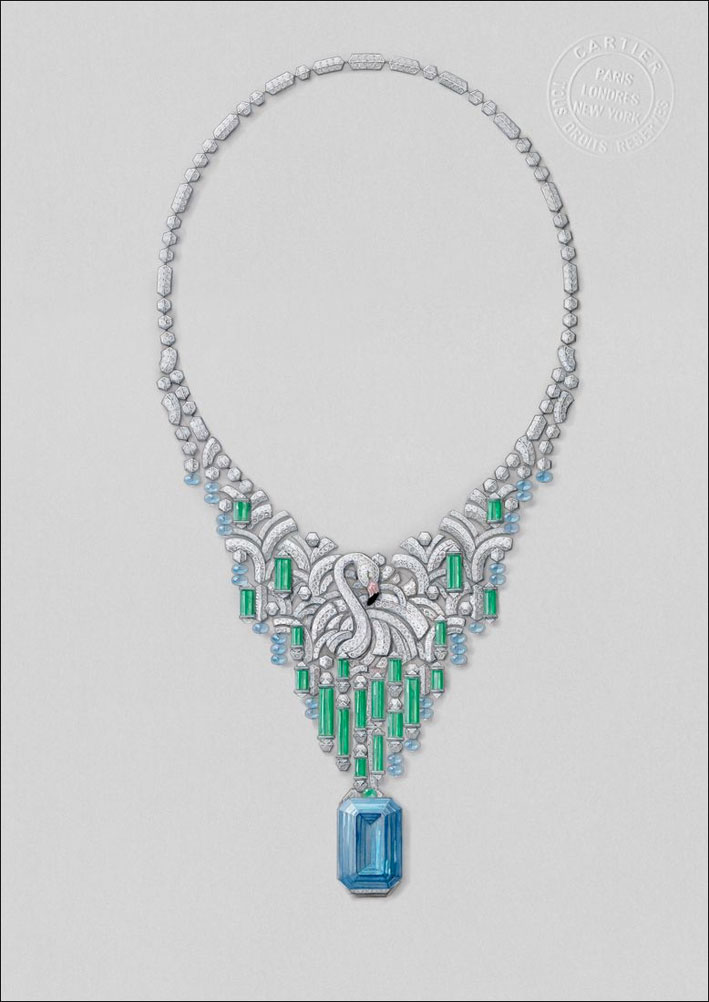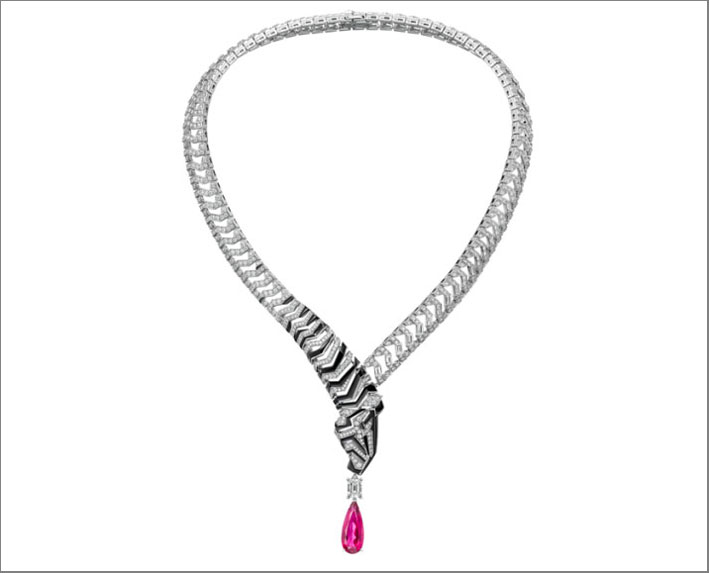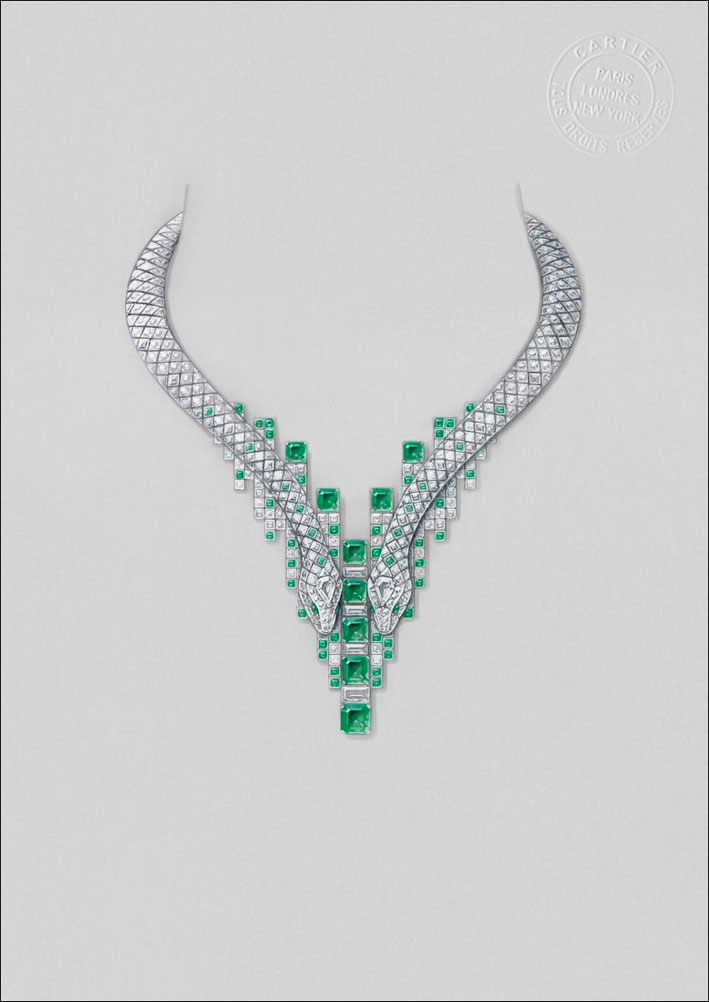Human beings, like it or not, belong to the animal kingdom. It’s not Cartier who says it, but biology. But perhaps this is why high jewelry has always been fascinated by fauna transformed into precious necklaces, rings or bracelets. Cartier, in particular, has always loved the animal world, so much so that it chose a panther as its symbol. Now this Noah’s Ark of high jewelery embarks on the new Nature Sauvage collection, a theme chosen by the creative director of the Maison which is part of the Richemont group, Jacqueline Karachi.
Cartier has a long tradition in high jewelery bestiaries, starting from the creative director and collaborator of Louis Cartier, who in the 1930s identified the panther as the animal that most represents the Maison. Without forgetting the socialite Barbara Hutton, who loved tigers (but with many carats) or the almost queen Wallis Simpson, who had a predilection for flamingos.
The new animals don’t roar, but they shine. The Panthère Jaillissante, a bracelet-ring with an 8.63-carat Zambian emerald, required almost 3,000 hours of work. The Mochelys necklace, however, is based on a 71.9-carat rubellite, which is inspired by a sea turtle. Many jewels in the collection, following a consolidated trend, can be broken down. For example, part of the necklace can be removed and worn as a separate brooch. Another necklace is instead inspired by the zebra, with streaks made of white gold, diamonds and onyx, plus an emerald-cut diamond and a 6.25-carat pear-shaped rubellite.












